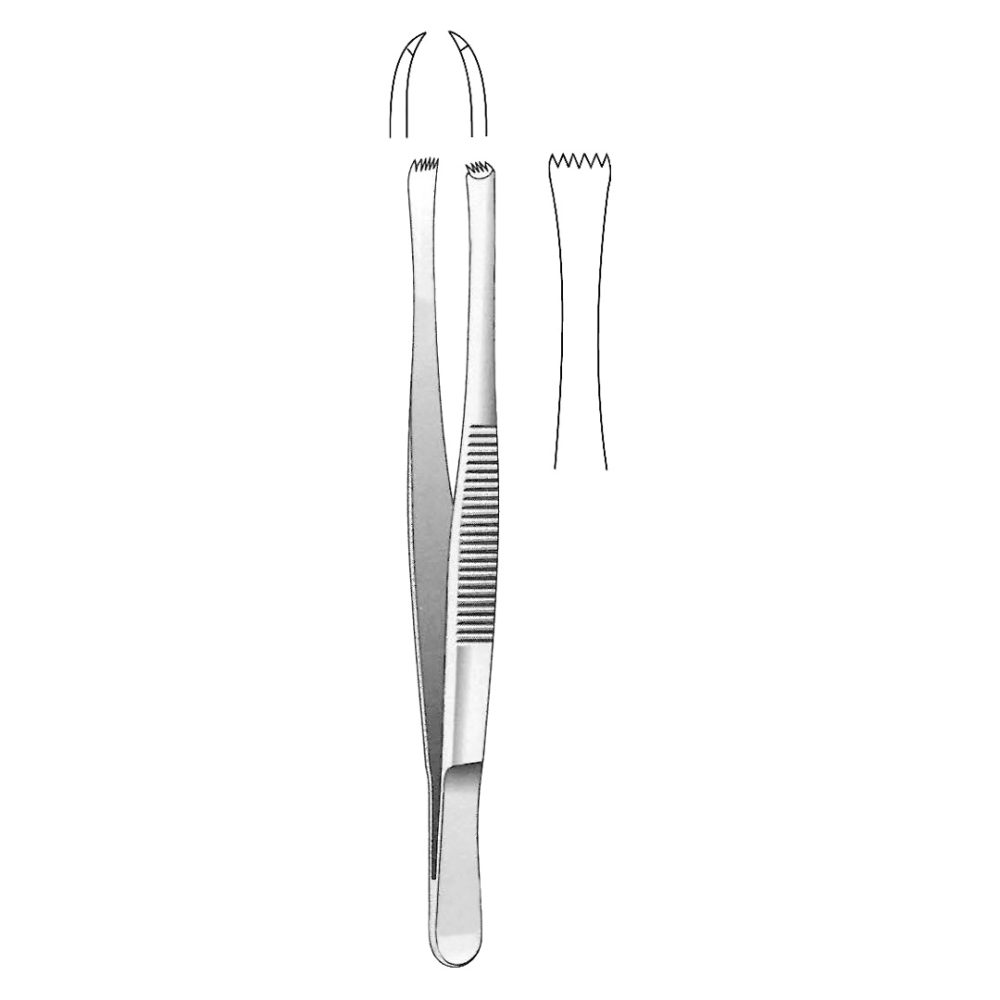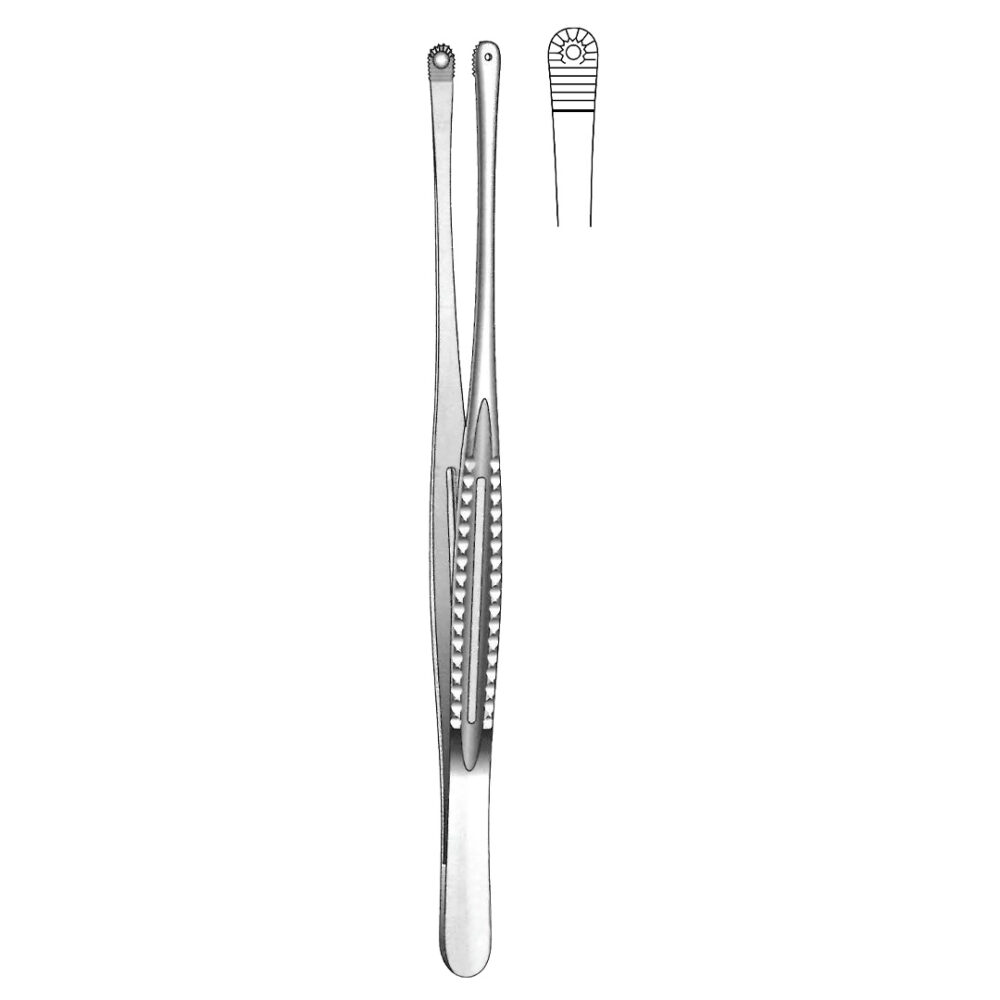Description
Tissue forceps are essential surgical instruments used to grasp and manipulate delicate tissues during medical procedures. These forceps come in various designs and sizes, each serving specific purposes in surgical settings. Let’s explore the features, benefits, and importance of tissue forceps in modern medical practice.
Introduction to Tissue Forceps
Tissue forceps, also known as tissue grasping forceps or tissue tweezers, are designed to securely hold and manipulate tissues during surgical procedures. They are commonly used in a wide range of surgical specialties, including general surgery, orthopedics, and plastic surgery, among others.
Significance in Surgical Practice
Tissue forceps play a crucial role in surgical practice for several reasons:
- Tissue Handling: They enable surgeons to delicately grasp and manipulate tissues during procedures, facilitating precise surgical maneuvers.
- Controlled Tissue Dissection: Tissue forceps aid in controlled tissue dissection and manipulation, reducing the risk of damage to surrounding structures.
- Hemostasis: Some tissue forceps feature serrated jaws or teeth that help clamp blood vessels, contributing to hemostasis during surgery.
Features of Tissue Forceps
- Fine Tips: The fine, pointed tips of tissue forceps allow for precise grasping and manipulation of tissues without causing excessive trauma.
- Serrated Jaws: Many tissue forceps have serrated jaws or teeth that provide a secure grip on tissues and aid in hemostasis.
- Variety of Designs: Tissue forceps come in various designs, including Adson forceps, Debakey forceps, and Bonney forceps, each suited for specific surgical tasks.
Benefits of Using Tissue Forceps
- Enhanced Surgical Precision: Tissue forceps offer surgeons enhanced precision and control by providing a firm grip on tissues, facilitating accurate surgical actions.
- Reduced Tissue Trauma: The gentle handling provided by tissue forceps minimizes tissue trauma and damage, promoting better post-operative recovery for patients.
- Hemostatic Function: Certain types of tissue forceps assist in achieving hemostasis by clamping blood vessels, reducing bleeding during surgery.
Selecting the Right Tissue Forceps
Consider the following factors when selecting tissue forceps for surgical procedures:
- Type of Procedure: Choose tissue forceps based on the specific surgical procedure and the tissues being manipulated.
- Jaw Design: Select tissue forceps with the appropriate jaw design, such as serrated jaws, for improved grip and hemostasis.
- Size and Length: Ensure that the size and length of the tissue forceps match the surgical site and surgeon’s preferences for optimal handling and control.
Conclusion
Tissue forceps are indispensable instruments in modern surgical practice, providing surgeons with precise tissue handling, secure grip, and hemostatic capabilities during procedures. Their ability to delicately grasp and manipulate tissues contributes to successful surgical outcomes and patient safety. By selecting the right tissue forceps and employing proper surgical techniques, healthcare professionals can optimize surgical procedures and improve patient care.











